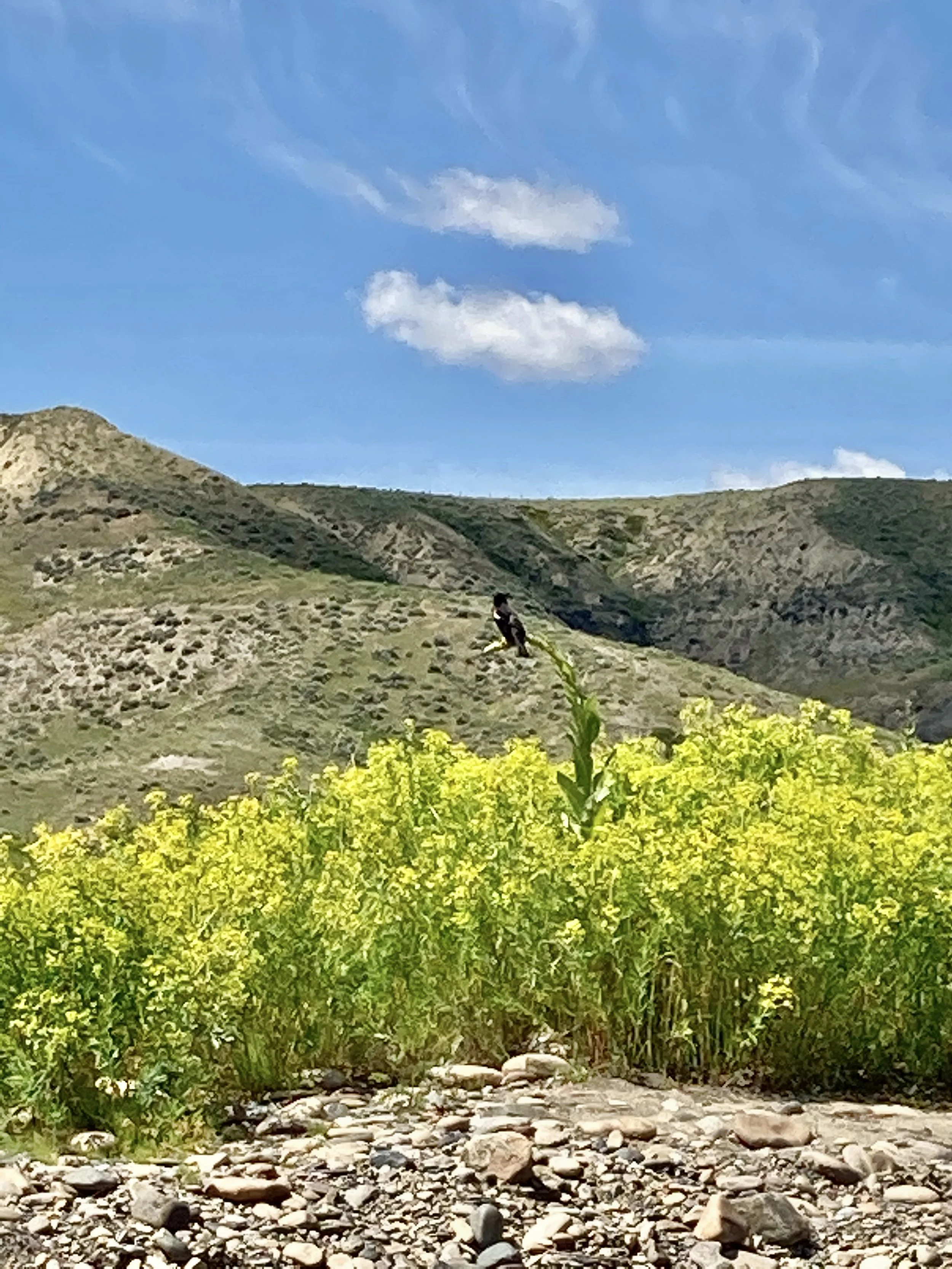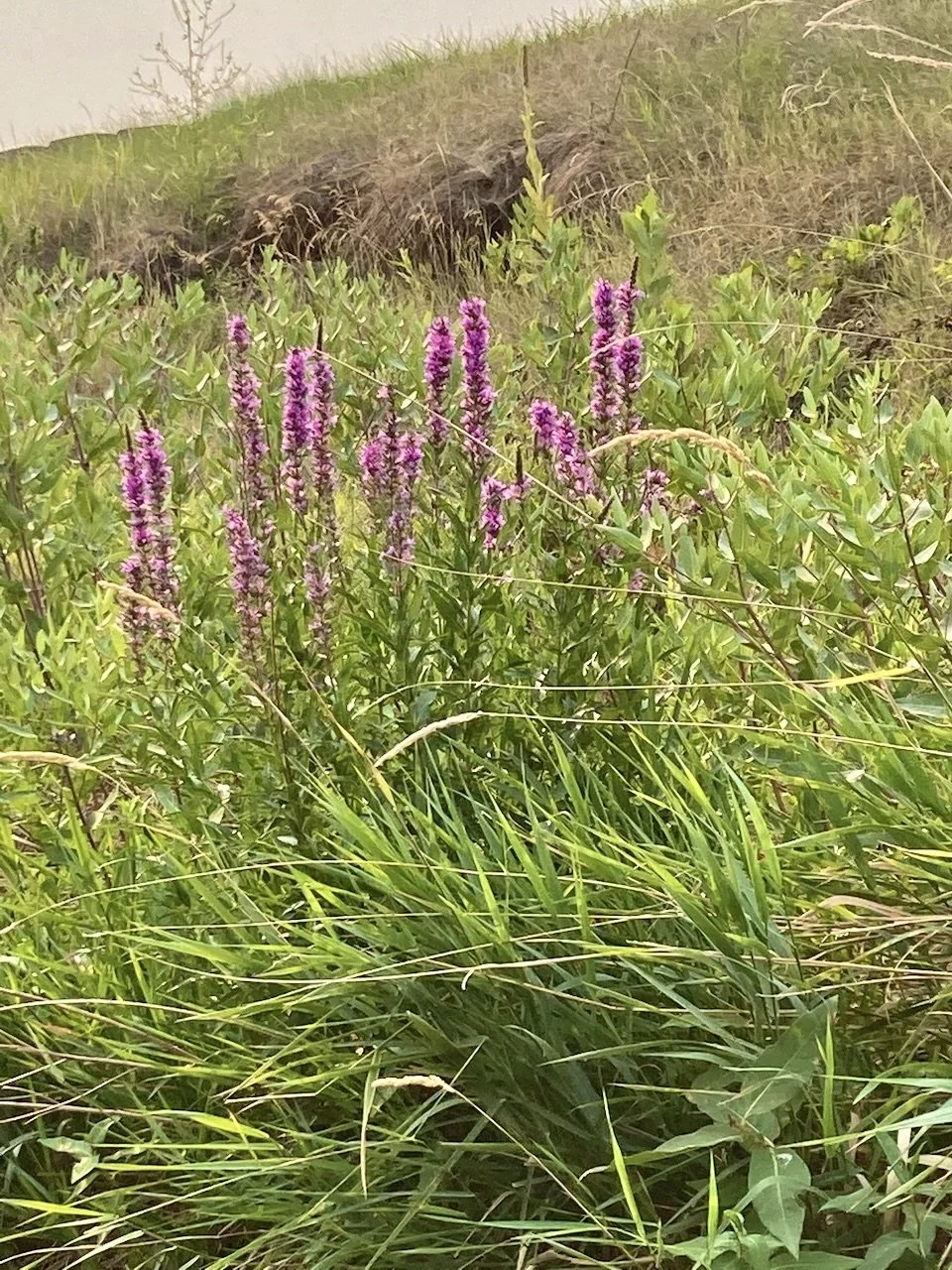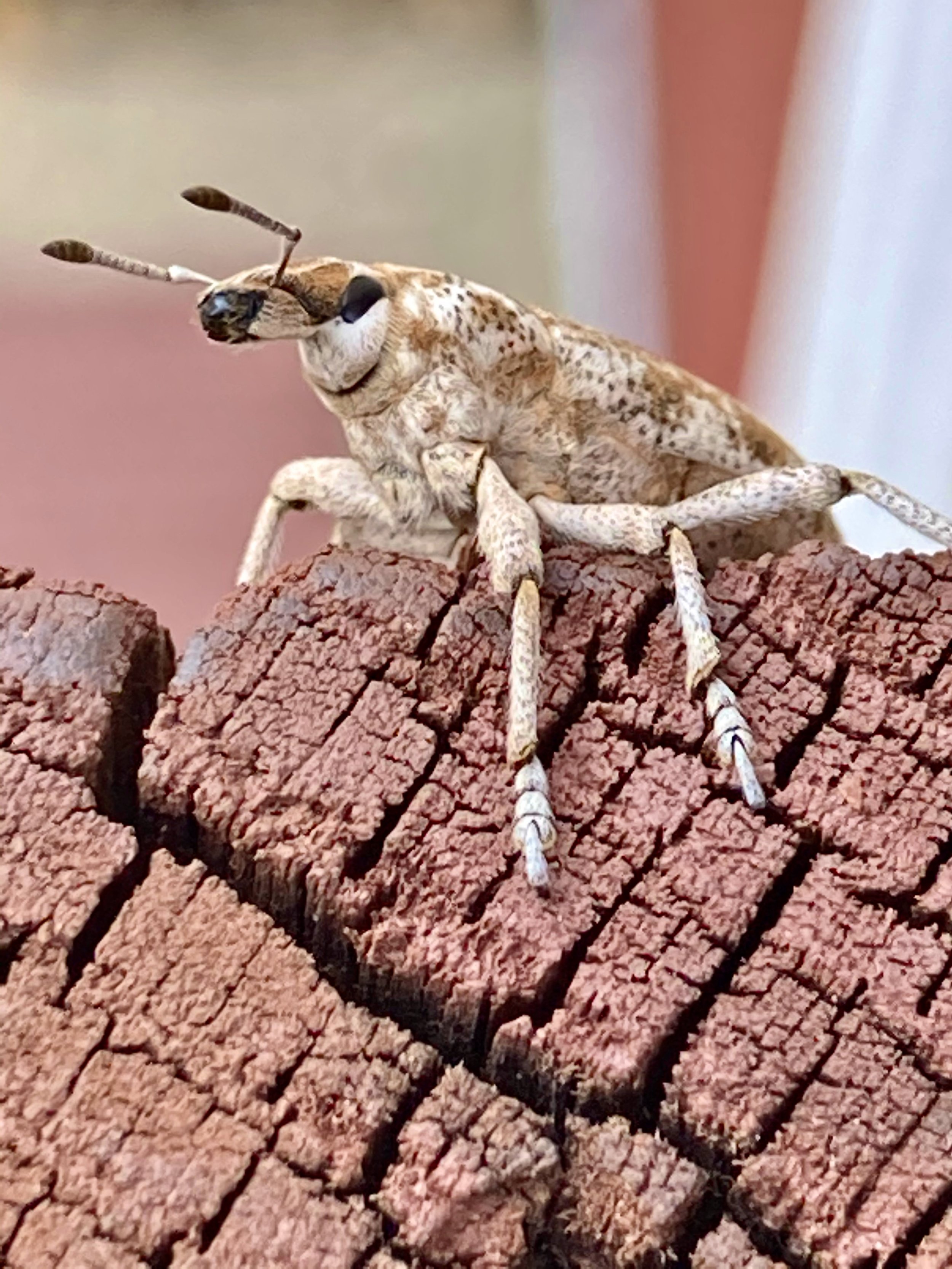Winning the War on Weeds
By Amy Grisak
Photography contributed by Amy Grisak
Across Montana
Eradicating knapweed and other noxious weeds invading the West is a seemingly uphill battle. As soon as one patch wilts, another springs to life. Applying expensive pesticides to the issue time and time again doesn’t seem to solve the problem. Fortunately, there are a number of non-chemical strategies to knock down, or even eliminate weeds and while these are not one and done treatments either, with consistency, it’s possible to gain a handle on the most tenacious weed problems.
Champion Weed-Eaters
As particularly non-picky eaters, goats are on the frontline of weed management.
After seeing their efficacy on a friend’s ranch, Dave Reese of Montana Goat Company began his business hiring out goats to help with weed control four years ago. This season is already booked by individuals hoping to diminish weeds and mitigate wildfire. By nature, goats are browsers, not grazers and can eliminate ladder fuels on trees from six to eight feet high.
How quickly and thoroughly goats clear an area of weeds is dependent upon the number of animals, the type of plants and plant density, as well as the acreage. Thirty goats are estimated to graze about three-quarters of an acre in a day, Reese said. Goats will grazing many noxious weeds, knapweed being just one example, and their impact varies with the seasons.
"Right now (in the spring) we're in the rosette stage with knapweed. As that plant spreads four to five inches across, it's very edible and highly nutritious for the goats,” he said.
But even if a landowner doesn’t start immediately in the spring, Reese said goats still eat knapweed when it blooms, and even when it bolts. Even though a plant bearing seeds isn’t ideal, the goat’s unique scissor-like chewing method, combined with their four chambered stomach, causes approximately 80 percent of the knapweed seeds to lose viability.
Although goats eat plants such as knapweed, bindweed and leafy spurge throughout the season, according to the University of Idaho, goats prefer certain plants, such as whitetop, only during particular stages. It is best targeted only in the spring when the rosettes are just forming, or after the seeds have set, because the plant exhibits a high amount of alkaloids during the other growth stages, making them unpalatable to the animals.
As with other weed control strategies, consistency is required.
“We’re stressing the plant over time,” Reese explained. “By adding pressure when the weeds are most vulnerable, it’s possible to manage them.”
Tiny Weed Warriors
Biocontrol, which involves the reduction of pest populations through the use of natural enemies such as insects, is nothing new. In 1948, the State of Montana implemented releasing Chrysolina beetles for St. Johnswort. Over the decades, Montana State University and the USDA have researched a growing list of options for landowners, and the Montana Biological Weed Control Coordination Project began in 2013 to support these efforts.
“There are a variety of reasons a landowner may choose to incorporate biocontrol with other weed management tools to manage a weed infestation,” Mellissa Maggio, project coordinator for the Montana Biological Weed Control Coordination Project, said. “They may be managing a widespread, difficult to manage noxious weed that no one management tool can provide the desired results alone. Therefore, they work to integrate a variety of tools to attack the target weed at many levels, reducing the likelihood that the target weed will be able to recover and maintain the widespread infestation that occurred prior to management.”
Currently, in Montana, there are available biocontrol agents for yellow toadflax, Dalmatian toadflax, leafy spurge, St. Johnswort, and spotted knapweed.
“Biocontrol is a tool for large, contiguous infestations of target weeds,” she said. “Ideally, the infestation will be a minimum of one acre, but a contiguous infestation larger than one acre is better.”
The insect release timing depends upon the plant and insect species and coordinating the optimum growth period. The vigorous spring growth is best for some, while others are better introduced during the flowering period.
It’s important to keep in mind that applying biocontrols will not yield eradication in a single season. It takes time for the insects to multiply to match the food source, but they will make a noticeable difference within a few seasons. These natural predators offer another tool to manage noxious weeds without adding pesticides to the environment.
Smaller Weed Warriors
Along with insect biocontrols, fungal pathogens are also being implemented to fight invasive weeds and the USDA continues to research their potential and efficacy, particularly for large-scale agricultural operations. The fungus, Harknessia lythrii, attacks purple loosestrife which is illegal to grow in Montana due to its wetland encroachment. Scientists are at work to determine if the fungus is host specific, as they don’t want it impacting other plants, but this could be a potential tool in many loosestrife invaded riparian areas.
Old-Fashioned Hand Pulling
For six years, the Upper Missouri Breaks Audubon focused their efforts on hand pulling weeds at Giant Springs State Park in Great Falls, and it shows. As soon as the rosettes offer enough plant to grip and pull, the group sets to work in an organized fashion knocking back the weeds, particularly knapweed, to the point where there is a visible delineation. Pulling measures are also encouraged on public lands, and although an organized effort shows the best results, every time a plant is removed, potentially hundreds of seeds are prevented from reproducing.
Stressing with Fire
Flame weeding is another tool in the noxious weed arsenal to reduce invasions and their subsequent stress on the landscape. The key to flame weeding, besides following fire precautions and doing so under the appropriate conditions, is to stress the plant, not kill it.
Fire is best applied early in the season when the plants are less than four inches tall. Pass the torch close enough to the plant to cause slight wilting without incinerating it. The goal is to disrupt the cells within the plant, stressing it, and ultimately causing it to die. Burning a plant completely can cause more vigorous regrowth, but with continual disruption, it succumbs to stress.
Put Away Poison
It is time to put away the poison and the good news is, there are several techniques, many of which can be implemented together, to create a viable, long-term solution to weed problems. It won't happen overnight, but it’s possible to utilize non-chemical means to gain control of an invasive weed situation.








